Local Expert Providing Historic Home Restoration in Peoria, IL
Peoria’s Unique Architectural Heritage
Peoria’s historic homes span styles—from late 19th-century Queen Anne and Italianate to early 20th-century Craftsman and Prairie. Understanding the local materials and typical structural idiosyncrasies requires regional knowledge available to you here at Wood Made Illinois. Peoria is central in Illinois’s weather patterns ranging from -20F winters to 100F summer days. Humid summers, freezing winters, and freeze-thaw springtime cycles, timbers, joints, and masonry deteriorate in distinctive ways that should be maintened, or repaired. Local professionals know how to prep, repair, and insulate homes to withstand all seasons. We work in the new homes in Dunlap too – and believe us when we say, you’d rather own a 100 year old historic home with it’s typical maintenance, than be replacing windows that are just 20years old.
Historic District Standards & Local Codes
Certain Peoria neighborhoods—Stonefort, Moss Avenue, Moss-High, and more—fall under historic district guidelines. In these zones, even minor details like window sash profiles or porch railings must conform to historic preservation standards. Neil at WoodMade Illinois already collaborates with the Peoria City Historic Preservation Commission, ensuring everything is compliant.
Structural & Framing Repairs
-
Sill Repairs & Replacement: Replacing rotted sills with proper-grade local white oak or pressure-treated pine.
-
Beam and Joist Reinforcement: Using sistering techniques and hidden steel plates to reinforce sagging floors or roof rafters without altering historic interiors.
-
Foundation Crack Repair: Repairing mortar joint failures in limestone or brick foundations and injecting epoxy where necessary.
2.2 Exterior Wood & Masonry
-
Historic Window Sashes & Frames: Detailed sash restoration, part-for-part replicate muntin profiles, or exact reproduction where beyond repair.
-
Door Frame & Threshold Work: Bluestone or marble thresholds are preserved or replaced; sidelights and decorative glass are matched exactly.
-
Porch Restoration: From ornamental balusters and spindles to column replication, turn-buckles, and tongue-and-groove porch decking—every piece is matched and fitted precisely.
-
Wood Siding & Trim Replacement: Molded trims are measured and milled; clapboard is feather—edged to blend perfectly with existing.
2.3 Interior Historic Finishes
-
Lath & Plaster Repair: Layered plaster restoration is done using horsehair reinforced lath and lime-based plasters.
-
Ornamental Millwork: Crown molding, baseboard, chair rails maintained or replicated in matched species and profiles.
-
Hardwood Floor Restoration: Stripping, sanding, and finishing 3” red oak or maple floors in period-appropriate sheen levels, colors, and grain cuts.
2.4 Specialized Historic Features
-
Leaded & Stained Glass Repair: Loose came, broken panels, warped frames—all restored by expert glaziers preserving the lead joints and glass history.
-
Original Hardware Preservation: Period-appropriate mortise locks, H&J hinges, porcelain knobs, and decorative door plates are cleaned, lubricated, and rehung.
-
Historic Lighting Fixture Restoration: Rewiring for safety, resin casting for missing glass shades, and brass polishing for chandeliers and sconces.
2.5 Window Storm & Energy Retrofit
Original single-pane windows can be upgraded without altering aesthetics:
-
Interior Storm Panels: Sealed acrylic or glass panels fitted inside, preserving look while improving insulation and energy savings.
-
Basement Glass Block Retrofit: Improves foundation daylight fixtures without compromising architectural style.
-
Attic Insulation & Air-Sealing: Blown-in insulation, gasketed attic hatches, and soffit soff-in repairs to eliminate drafts.
3. The Restoration Process: Peoria-Aware, Client-Focused, Quality-Driven
3.1 Initial Evaluation & Documentation
Neil begins with a full home walk-through, noting structural issues, code updates required, and letting homeowners pick either “period-authentic” or “replacement modern” finishes. He documents everything with thousands of photos, elevation notes, and material annotations—perfect for SHPO (State Historic Preservation Office) or City Commission presentations.
3.2 Scope of Work & Transparent Budgeting
All masonry and carpentry elements are itemized:
• Masonry repointing (limestone, brick) by the square foot
• Custom millwork trebled lineal feet
• Storm window panel installation per window
• Lath and plaster repair per room
Material costs for historically sourced/farmed lumber, plaster mix, or hardware are clearly marked.
Neil uses fixed bids as much as possible; any change unforeseen is documented in writing—not buried later.
3.3 Permits & Inspections
From City of Peoria zoning to historic district parkway tree permits, Neil’s team has done it before. They’ll indicate work areas, schedule SMC inspections near corners or electrical mains, and arrange for lead-safe practices in pre-1978 houses.
3.4 Restoration Phase
The phases typically go:
-
Structural reinforcement (sills, joists, beams, foundation)
-
Weather- tightening (windows, doors, siding, masonry repointing)
-
Interior restoration (plaster, wood floors, trim, hardware)
-
Detailing & finishing touches (glass, lighting, paint/patina, polish)
Lime-based primers, breathable finishes (e.g., milk paint, shellac), classic finishes (e.g., linseed oil rubbed mahogany) are standard for authenticity.
3.5 Final Walk-through and Documentation Package
Each project ends with a documented punch-list and close evaluation—plus a photo album of “before, during, after” shots. Paint color matches, wood species lists, and maintenance tips (e.g., check drip edge every 5 years, seasonal storm window removal) are provided for the homeowner’s long-term care.
4. Restoration Stories: Local Projects in Peoria & Surrounding Area
4.1 Victorian Home on Moss Avenue
-
Complete façade restoration: replaced corner flutes, capitals, spindle frieze, gingerbread, and patch-painted freestanding brackets.
-
Rotted slats in west porch floor replaced with pre-weathered mill-run oak.
-
Three original sashes restored and fitted with interior storms—lowered gulf fuel bills by 30%.
4.2 Prairie School Bungalow in North Peoria
-
Historic sills and foundation repointed with lime-rich mortar, matching aggregate color.
-
Original wood windows pulled, stripped, reglazed and reglazed.
-
Concrete steps re‑formed to match subsidence and original rust-red hue.
4.3 1920s Arts & Crafts Home near Sheridan Village
-
Interior opening of living/dining wall matched existing 6¼″ crown via on‑site lamination.
-
Hardwood floor repairs included patch-milled maple to match the original.
-
Mantlepiece restored, including a missing dentil course replicated from the side elevation.
5. Why Restore, Rather Than Replace?
5.1 Sustainability & Architectural Value
Historic homes aren’t just houses—they’re cultural heritage. Restoring them preserves craftsmanship no longer produced and reduces construction waste. Reusing 100‑year-old Douglas fir or white oak is greener than milling new.
5.2 The Economic Upside
Restored historic homes in Peoria hold or increase in value, especially when done right. Restoration can qualify buyers and sellers for tax incentives like an IL Historic Preservation Tax Credit or federal rehab credit (20%) if done under Secretary of the Interior Standards.
5.3 Community Impact
Peoria’s charm—its walkable neighborhoods, sense of place—relies on these residences. Restoration slows sprawl, fosters pride, and keeps supply chains (local sawmills, antique window glaziers, stone stonemasons) alive.
6. Getting Started with Neil at WoodMade Illinois
6.1 Schedule a Free Consultation
Neil provides home visits, blueprint review, and even works via Zoom for distant owners. Just call (centered in Peoria IL) or use the contact form at www.WoodMadeIllinois.com.
6.2 What to Expect
-
Pre-Visit Prep: Provide build-year and neighborhood; Neil brings historic window sash heights, porch riser tables, and relevant material specs.
-
On‑Site Service: Full inspection—joist integrity, truss roof health, siding nail patterns, and plaster thickness gauges.
-
Bid & Timeline: Delivered via email in 3–5 business days.
-
Start-to-Finish: Projects take 1–6 months depending on scope; periodic on-site walkthroughs are scheduled.
6.3 Customer Testimonials
-
“We thought we needed full window replacements but Neil restored our 1895 transom and Doric columns for far less.”
-
“Our floors were sagging. He sistered the joists and left zero evidence they were ever moved.”
-
“Best value we’ve gotten in years—quality, transparency, integrity.”
7. DIY Advice & Maintenance Tips from Neil
7.1 Seasonal Checklist
-
Spring: Re-caulk siding seams and window sills. Remove interior storm windows once outside temps exceed 55°F.
-
Summer: Check porch decking for trapped moisture; replace broken boards promptly.
-
Fall: Reinstall storms as temps dip below 55°F. Clean chimney flues. Touch up trim paint before freeze cycles.
-
Winter: Keep snowfall off roofs and ledges. Avoid salt—use sand or non-corrosive pellet mixes.
7.2 Window Care
-
Check sash pulleys, re-zip loose sash cords with braided nylon for longevity.
-
Control air leaks with V-strip weather-strip seal.
-
Reglaze cracked glass panes using Reynolds antique glazing putty—flexible, breathable, and historically appropriate.
7.3 Paint & Finish
-
Use breathable, low-VOC primers. Steer away from latex on exterior wood; choose oil-based alkyds or linseed primer sealed with acrylic-linseed blend finish.
-
Preserve original patina—accelerated aging doesn’t always matter in restoration.
8. Frequently Asked Questions
Q: Isn’t historic restoration more expensive than replacement?
A: Not necessarily. While labor is more detailed, you avoid the cost of disposing old materials and often save on energy with retro-fitted insulation, storms, and caulk. Plus, your home’s value and character remain intact.
Q: Do I need multiple bids?
A: It’s always wise—look for contractors with proven historic restoration experience, not just general carpenters. Neil’s portfolio and ability to match period details stand out.
Q: How long does the permit process take?
A: For minor exterior work in a Peoria historic district, it averages 2–3 weeks. Major structural or code-related projects may require 4–6 weeks. Neil obtains the permits and handles the paperwork—saving you time and headaches.
Q: What about sustainability and green products?
A: WoodMade Illinois supports sustainable materials—reclaimed lumber, low-VOC finishes, fiberglass insulation—but they won’t sacrifice visual or architectural authenticity.
9. Additional Services Neil Offers
-
Accessibility & ADA Retrofits: Curb-free threshold ramps, widened doorways, handrails that match existing style.
-
Storm & Rain Management: Custom-fabricated copper flashing, historically accurate wood gutters, lead-coated copper spouts.
-
Garage & Outbuilding Conservation: Matching roofing, lap siding, shake shingles, and rafters.
-
Historic Paint Color Consultation: Based on Peoria-era history—choose period-accurate color palettes (e.g., Heritage Red, Sage, Wedgewood Blue) for authenticity.
10. Final Takeaways
If you own—or dream of owning—a historic home in Peoria, IL, you deserve craftsmen who feel your house’s history. Restoration is more than carpentry and masonry; it’s storytelling through structure. With Neil at WoodMade Illinois, your home’s original magnificence isn’t just kept—it’s revived, protected, and enhanced.
🔨 Key Benefits:
-
Locally tailored craftsmanship honoring style & geography
-
Detailed documentation for preservation entities
-
Authentic materials, finishes, hardware
-
Energy efficiency without compromising heritage
-
Transparent pricing and timely project delivery
Allow Neil and his team to help your home once again stand proud on Peoria’s historic avenues—set up a consultation today at www.WoodMadeIllinois.com, and bring your piece of Illinois history back to life.



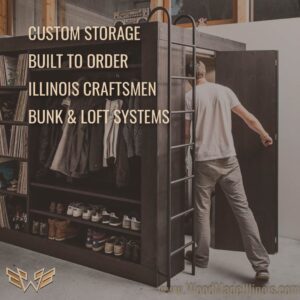

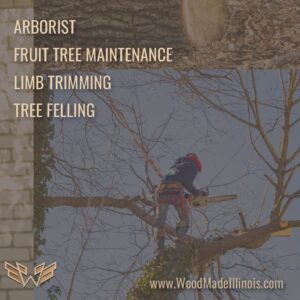



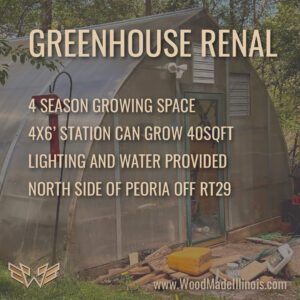
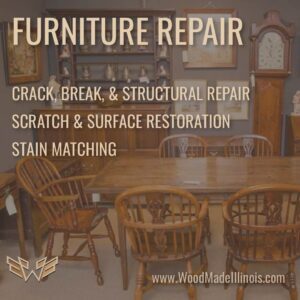
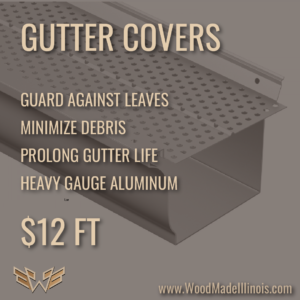

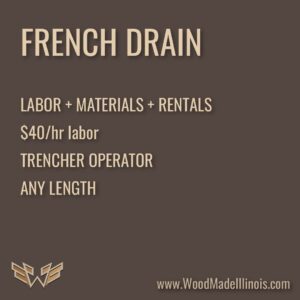
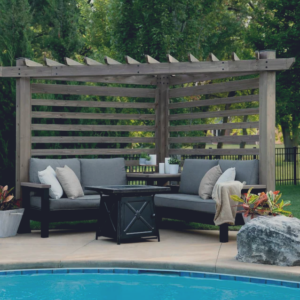

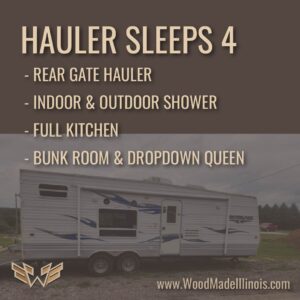
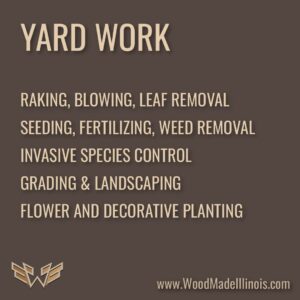
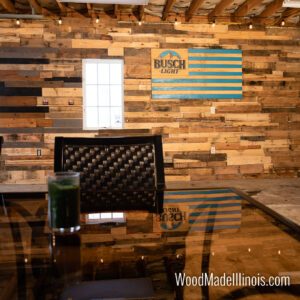
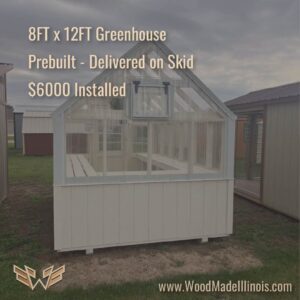

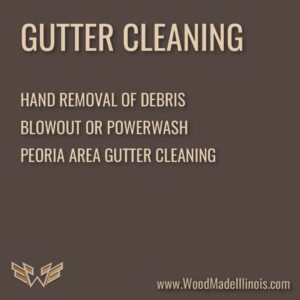
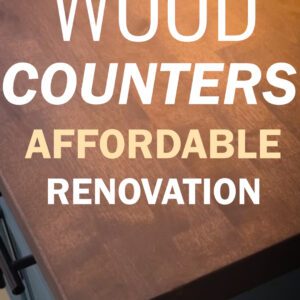
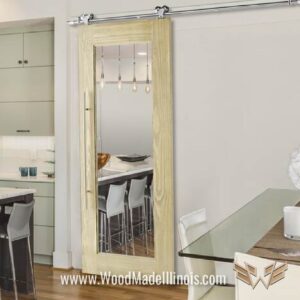
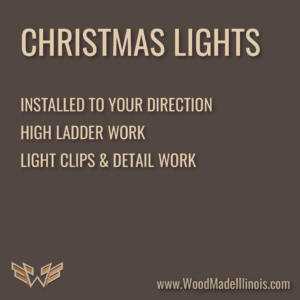
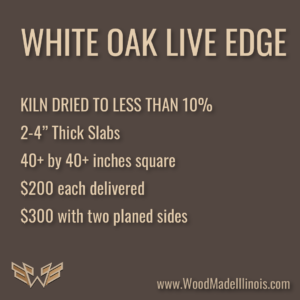
Recent Comments